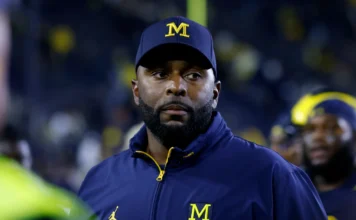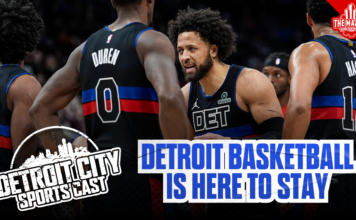As reported by Eric D. Williams of ESPN.com, the San Diego Chargers are keeping a watchful eye on the Los Angeles stadium situation, and not just because they are interested in the move themselves. Rather, it is because 30 percent of the team’s revenue stems from the Los Angeles market.
Mark Fabiani – special counsel to Chargers president Dean Spanos and point person on the Chargers’ attempt to get a new stadium built in San Diego – is quoted by Williams as stating,
Allowing another team to move into those markets would be economically harmful to the Chargers, to say the least. Especially if it’s a team that has voluntarily vacated that market in the past, such as the Rams or Raiders – that would be particularly objectionable to the Chargers.
Any relocation of an NFL franchise to Los Angeles would be subject to NFL Rule 4.3, which states that a move must be approved by three-quarters of the owners. So, if Spanos does decide he wants to block another franchise from relocating, he would need nine teams to vote against the relocation.
If history is any guide and Spanos does somehow persuade owners to block a move, a lawsuit by the blocked team will most likely follow.
In 1980, Al Davis wanted to move his Raiders to Los Angeles. NFL owners voted to block the move. Eventually, the U.S. Court of Appeals for the Ninth Circuit held that this vote was in violation of the Sherman Antitrust Act, paving the way for the Raiders (and indirectly numerous other teams in the years to come) to relocate.
While the NFL and other leagues have been skittish to tell owners where they can and cannot move ever since this decision, a Spanos-led vote nevertheless has a good likelihood of surviving an antitrust lawsuit.
As I wrote earlier this year, the Ninth Circuit later curbed their denunciation of Rule 4.3. In an appeal vacating the NFL’s duty to pay damages, the court stated that “Rule 4.3 was found to be invalid only as it was applied to the Raiders’ proposed moved in 1980,” and that restrictions based on “objective factors such as population, economic projections and the like” would be more likely to pass antitrust scrutiny. In another case, this time involving the NBA and Clippers franchise, the Ninth Circuit stated that, “Neither the jury’s verdict…nor the court’s affirmance…held that a franchise movement rule, in and of itself, was invalid under the antitrust laws.” This suggests that Rule 4.3 can be successfully utilized by franchises, so long as the vote is anchored by the correct rationale.
Whether an attempt to protect the economic interests of another franchise is an objective factor under the test enunciated by the Ninth Circuit is unknown. But, if Spanos is serious about protecting his market share in Los Angeles, it is very possible that we will find out.











